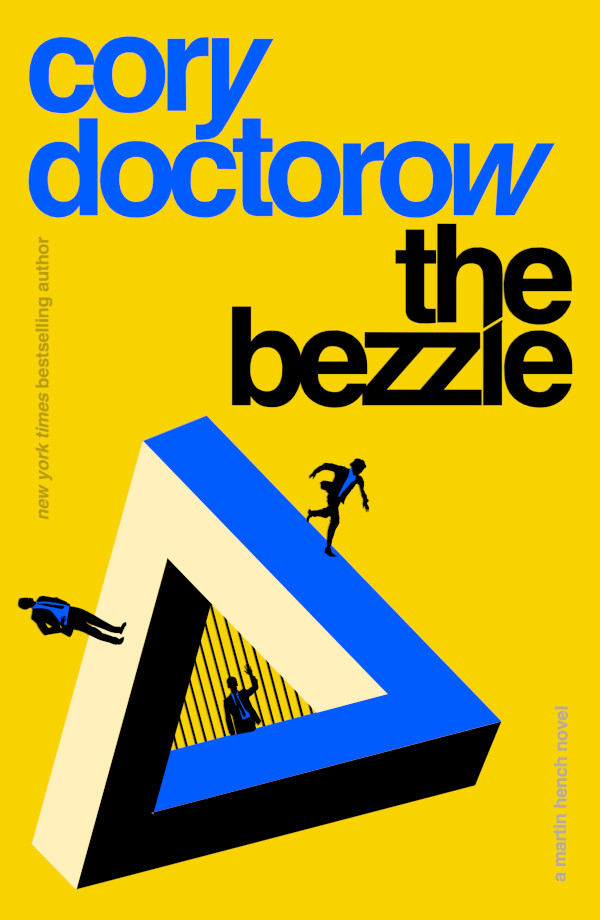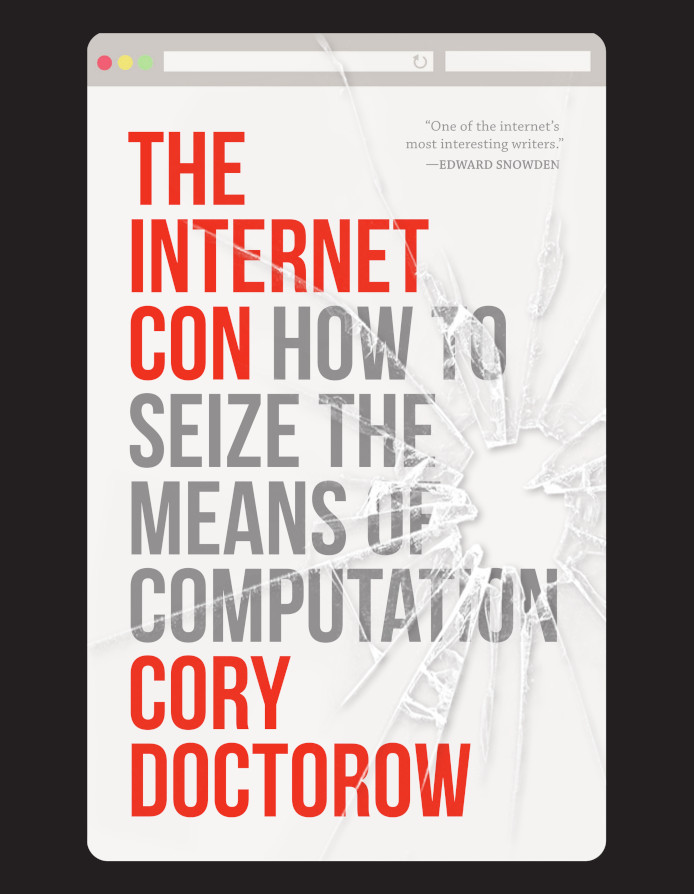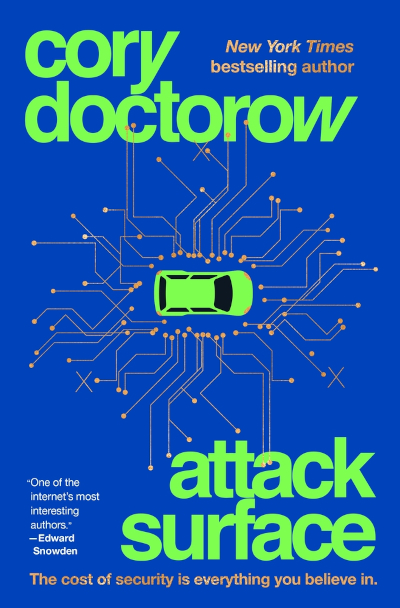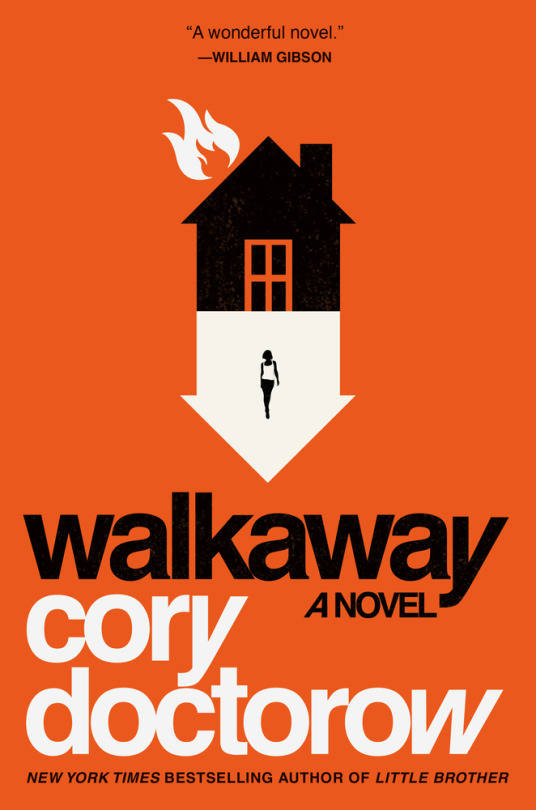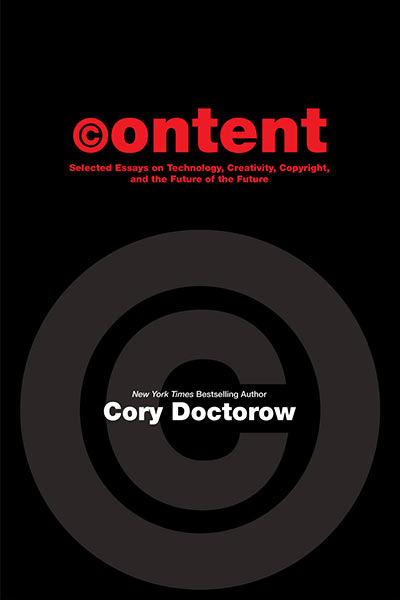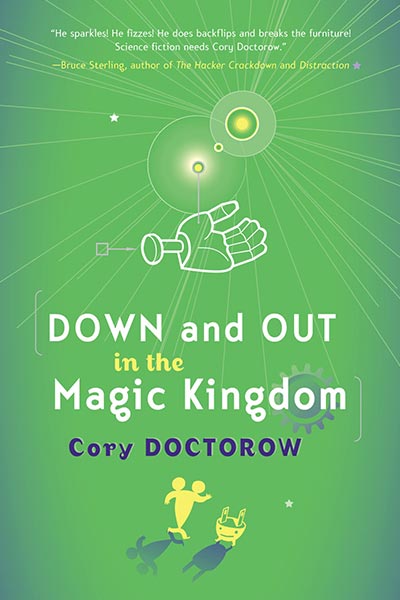
This week on my podcast, I read part five of “Spill“, a new Little Brother story commissioned by Clay F Carlson and published on Reactor, the online publication of Tor Books. Also available in DRM-free ebook form as a Tor Original.
I didn’t plan to go to Oklahoma, but I went to Oklahoma.
My day job is providing phone tech support to people in offices who use my boss’s customer-relationship management software. In theory, I can do that job from anywhere I can sit quietly on a good Internet connection for a few hours a day while I’m on shift. It’s a good job for an organizer, because it means I can go out in the field and still pay my rent, so long as I can park a rental car outside of a Starbucks, camp on their WiFi, and put on a noise-canceling headset. It’s also good organizer training because most of the people who call me are angry and confused and need to have something difficult and technical explained to them.
My comrades started leaving for Oklahoma the day the Water Protector camp got set up. A lot of them—especially my Indigenous friends—were veterans of the Line 3 Pipeline, the Dakota Access Pipeline, and other pipeline fights, and they were plugged right into that network.
The worse things got, the more people I knew in OK. My weekly affinity group meeting normally had twenty people at it. One week there were only ten of us. The next week, three. The next week, we did it on Zoom (ugh) and most of the people on the line were in OK, up on “Facebook Hill,” the one place in the camp with reliable cellular data signals.







